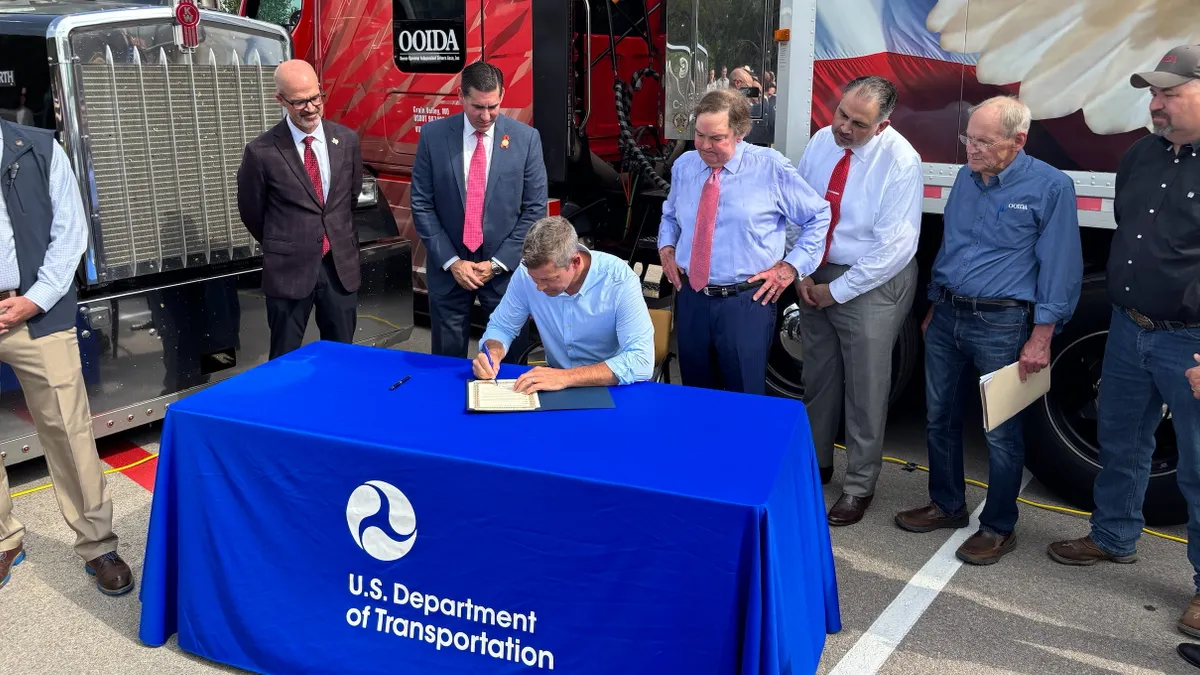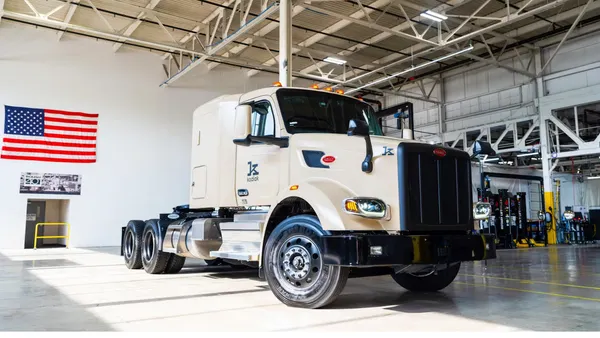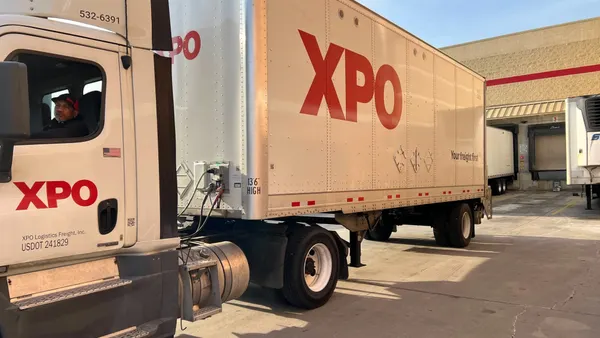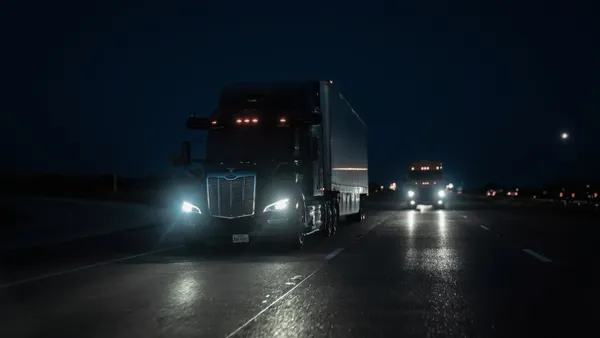Dive Brief:
-
In more than 84% of the largest 25 metropolitan areas, it is cheaper to refuel electric trucks, buses and passenger vehicles with electricity compared to diesel and gasoline, according to a white paper by Amply Power, a California-based charging service, which released its second annual comparison on Wednesday. On average, in these 22 areas, it is 47% cheaper than diesel to fuel heavy-duty fleets.
-
In terms of dollar-per-gallon savings: Boston is 22% cheaper and Detroit has no cost difference. But Portland, Oregon, is 84% cheaper, and Los Angeles and Riverside-San Bernardino, California, are 95% cheaper.
-
Amply used what it calls a dollar-per-gallon-equivalent (DPGe) in its first comparison in 2019. DPGe is a comparison of mile-for-mile costs, across each metropolitan area. Because the cost of a kilowatt-hour can vary among the hundreds of U.S. utilities — and because kWh costs shoot up and down within each utility each day — Amply tries to make a true "apples to apples" comparison among the cities, CEO Vic Shao told Transport Dive on Tuesday.
Dive Insight:
As fleets ponder switching to Class 8 electric trucks, they have to consider the unintended consequences and hidden costs of the new technology. One of the questions for fleets is when to charge. Charging costs vary by the hour, and Shao said the electricity cost can even vary 300% in price within a single day. Charging when costs are the lowest — before or after peak usage — is key to running an EV fleet.
But another big question is if cost savings can be had in the geographic region in which the fleet is based. Amply's study found 22 of the largest 25 metro regions could offer savings. But Detroit, Boston and Atlanta were more expensive for EV fleets, the study found.
For medium-duty trucks, Boston, Atlanta, Detroit and San Antonio also offered no savings.
For California, where energy efficiency and greenhouse-gas reduction is written into state policy, the study is encouraging for leaders who want to help fleets speed the transition to EVs. Heavy-duty trucks account for 8.4% of the state's annual greenhouse-gas emissions, according to the California Air Resources Board.
The study found the highest savings in Riverside-San Bernadino, California, where managed charging could save fleets $3.83 over diesel per gallon. Los Angeles and Long Beach fleets could save $3.46. San Francisco could save $2.47.
But if fleets charge at any time, they might not see any savings at all, given the market rate of electricity can change by the minute.
"Imagine paying $3 per gallon for gasoline at night but $12 per gallon in the late afternoon, but only during weekdays," the report reads. "In most U.S. metros, this is only part of the challenge."
Shao said the problem means fleet managers need to know when to charge.
"This takes careful planning," Shao said. "A proper charging strategy is very necessary."
The other challenge is making green the power sources for the charging stations. The U.S. Department of Energy notes "part or all of the power provided by the battery comes from off-board sources of electricity. There are emissions associated with the majority of electricity production in the United States." The contradiction in the current EV scenario is that many EVs get their power from plants using coal or natural gas to generate electricity.
A number of agencies are studying how to best incorporate EVs into fleets.
In February, the North American Council for Freight Efficiency (NACFE) said it received a grant from the Hewlett Foundation and the ClimateWorks Foundation to study how battery-electric vehicles will best fit into the regional haul market. NACFE said its three-year study will include identifying high-potential regional trucking routes; supporting the implementation of initial and future deployments outside of California; scaling best practices in infrastructure development for fleets and communities; and increasing confidence in the value of electrification.










